The generator (or dynamo/alternator) converts the mechanical engine energy into electric energy, charging the battery and keeping it charged even when headlights, radio and seat heating are on. A defective generator can quickly become a problem, since the ignition is started via the battery.
The generator in detail
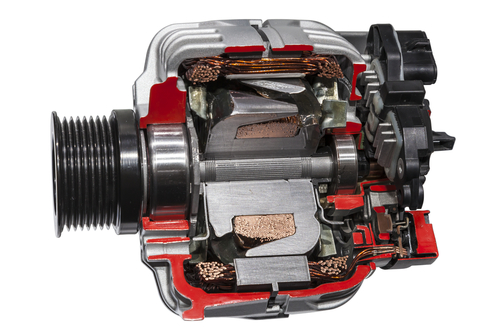 The generator is not a wear part. Modern alternators have a very long life span and hardly ever break down.
The generator is not a wear part. Modern alternators have a very long life span and hardly ever break down.
Nevertheless, damage and defects can occur in any component. In this case, it is better to replace the generator rather than repairing it.
Tell-tale signs of a generator defect
There are several tell-tale signs of a possible generator defect. Should one of those signs occur, the generator must be checked right away.
- A first sign is start difficulties, meaning several attempts are necessary to get the engine running.
- Another sign is a discharging battery. If a new battery discharges soon after installation, this is generally due to an alternator defect.
- If the battery light on the dashboard is on, there might be a problem with the dynamo as well.
Possible defects
A generator and the connected power supply have four weak points where most defects occur. These are:
|
1. The dynamo itself 2. The charge regulator 3. Cables and plugs 4. V-belt |
1. The generator
 If the generator is failing, very likely the carbon brushes are used up. This can only be remedied by complete replacement of the generator.
If the generator is failing, very likely the carbon brushes are used up. This can only be remedied by complete replacement of the generator.
2. The charge regulator
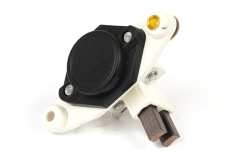 Very often, the charge regulator is responsible for alternator defects. It regulates the electricity flow from the generator. If it is malfunctioning, the component can only be adequately checked and maintained in a garage. In most cases, replacement is the only solution.
Very often, the charge regulator is responsible for alternator defects. It regulates the electricity flow from the generator. If it is malfunctioning, the component can only be adequately checked and maintained in a garage. In most cases, replacement is the only solution.
3. Plugs and cables
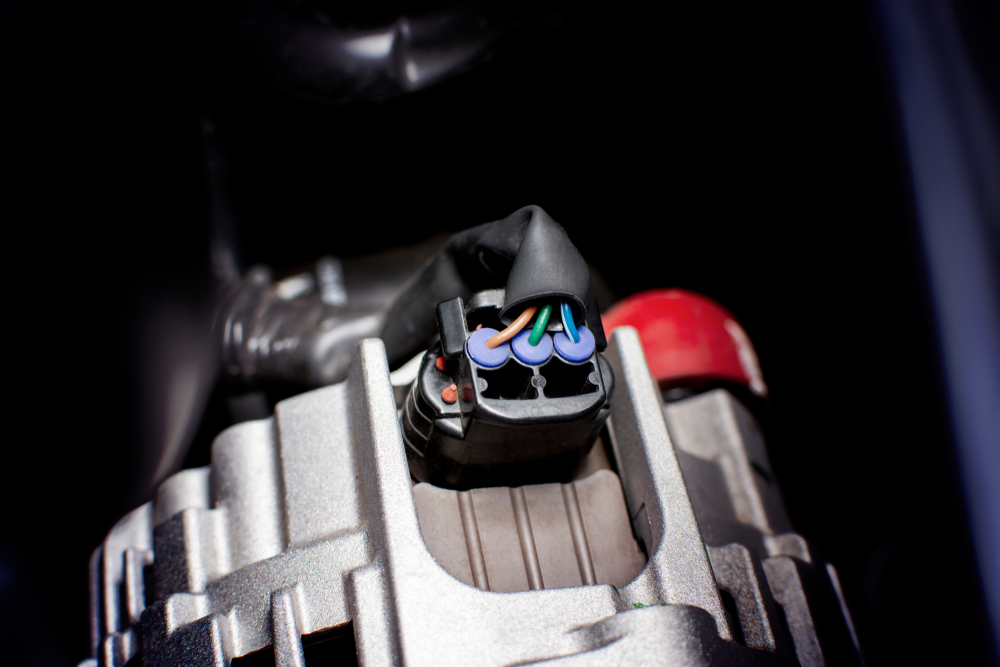 Cables and plugs connecting alternator and battery can have defects. A ruptured or worn cable could weaken or even interrupt the power supply.
Cables and plugs connecting alternator and battery can have defects. A ruptured or worn cable could weaken or even interrupt the power supply.
4. V-belt
 If the V-belt is worn or slack, the power flow between alternator and engine is weak. The generator is not defective, but no longer capable of receiving kinetic energy from the engine.
If the V-belt is worn or slack, the power flow between alternator and engine is weak. The generator is not defective, but no longer capable of receiving kinetic energy from the engine.
Garage or DIY replacement?
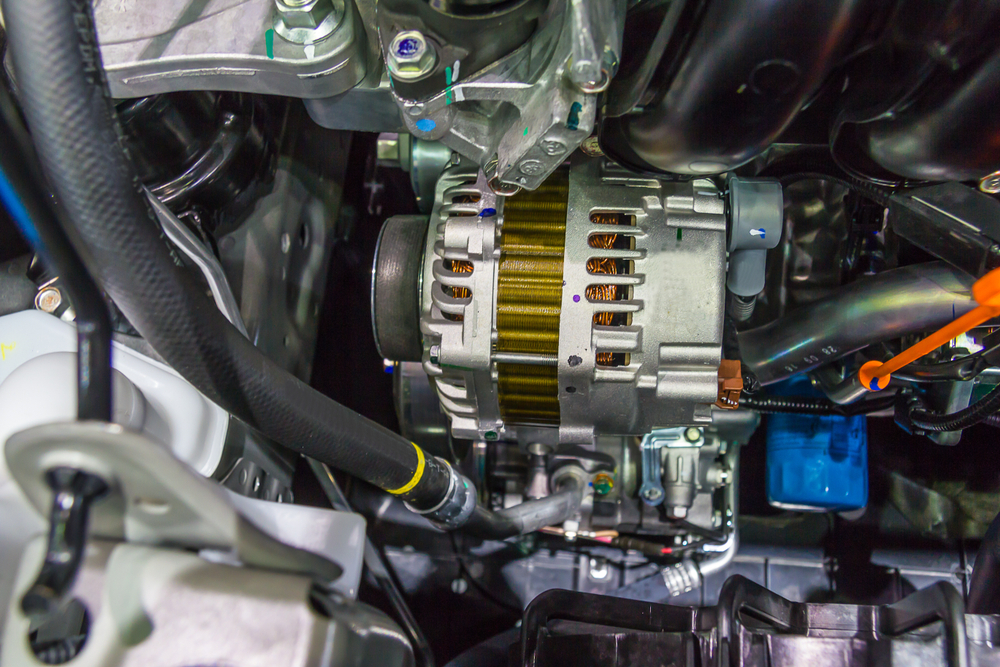 Replacing a generator is not a simple task any layman can perform. Particularly in view of the many different damage factors consulting a garage is recommended. This is, of course, always a budget matter. In a garage, replacement of a dynamo, including the spare part, costs up to EUR 800 (± £700) or more.
Replacing a generator is not a simple task any layman can perform. Particularly in view of the many different damage factors consulting a garage is recommended. This is, of course, always a budget matter. In a garage, replacement of a dynamo, including the spare part, costs up to EUR 800 (± £700) or more.
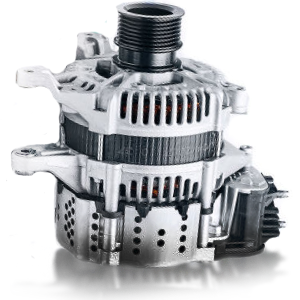
Alternator with 50% discountpermanently low-priced from £49,28now in the online shop! ⇒ |
Provided you have the necessary tools at home and dare your hand at the replacement, you can save a lot of money.
Step by step replacement of a generator
Replacing a generator differs depending on car. Reason for this lies in the various constructions of engines and engine compartments. First, the alternator has to be found in the engine compartment. Thus the steps may vary.
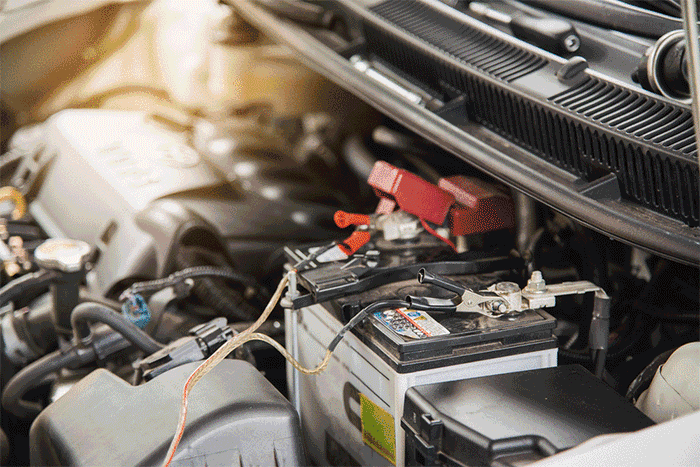
|
Avoid the following errors
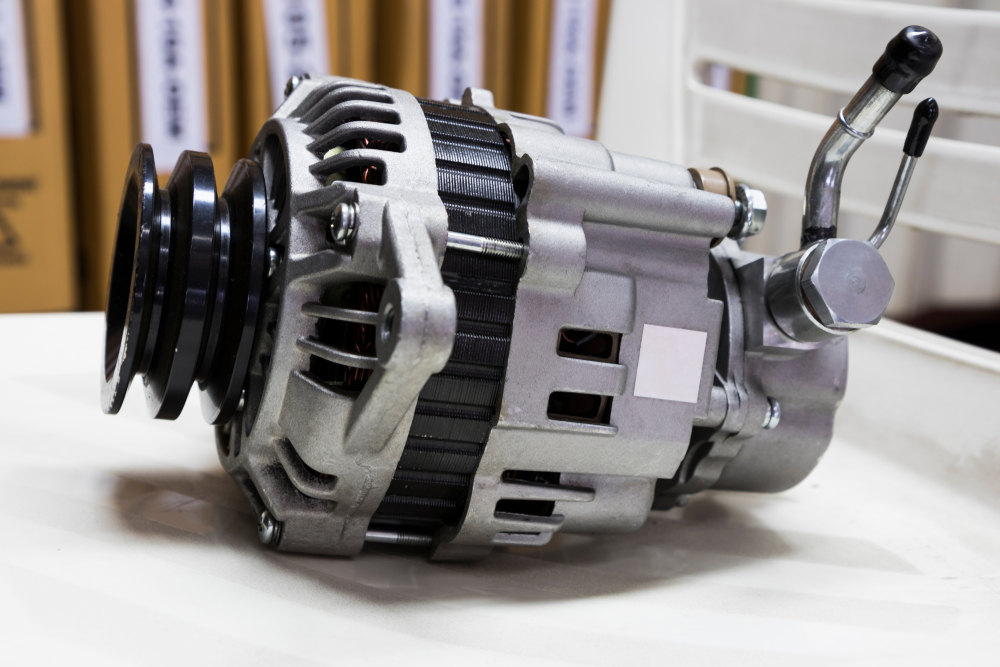
- When disassembling the dynamo it is important to remember which connections are located where. If necessary, document the disassembly with pictures and mark the individual components.
- These delicate operations in the engine require the utmost care. Always mind the proper bolt tightening torques.
- The spare part must be installed safely and securely and may not become loose by engine movements. The same applies to the V-belt tension. Here also exact instructions apply which need to be followed.
Foto: Philip Lange, BLKstudio, hkhtt hj, yanik88, ekapotfotothai, Heikki Wichmann, Tatchaphol, WPixz, Mr.1, Phanat / shutterstock.com

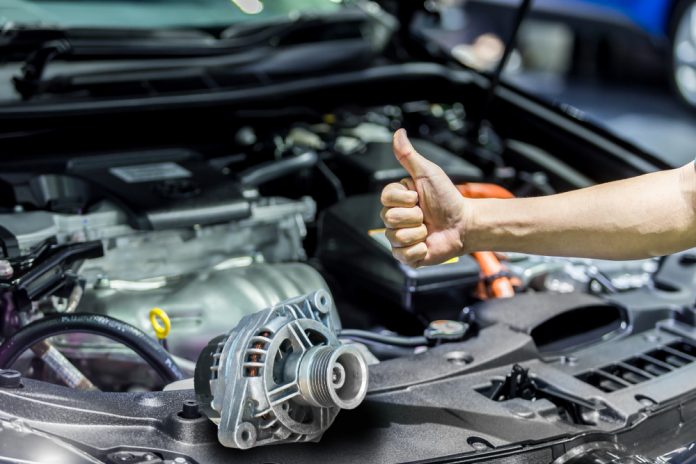

 (18 votes, average: 4.17 out of 5)
(18 votes, average: 4.17 out of 5)







